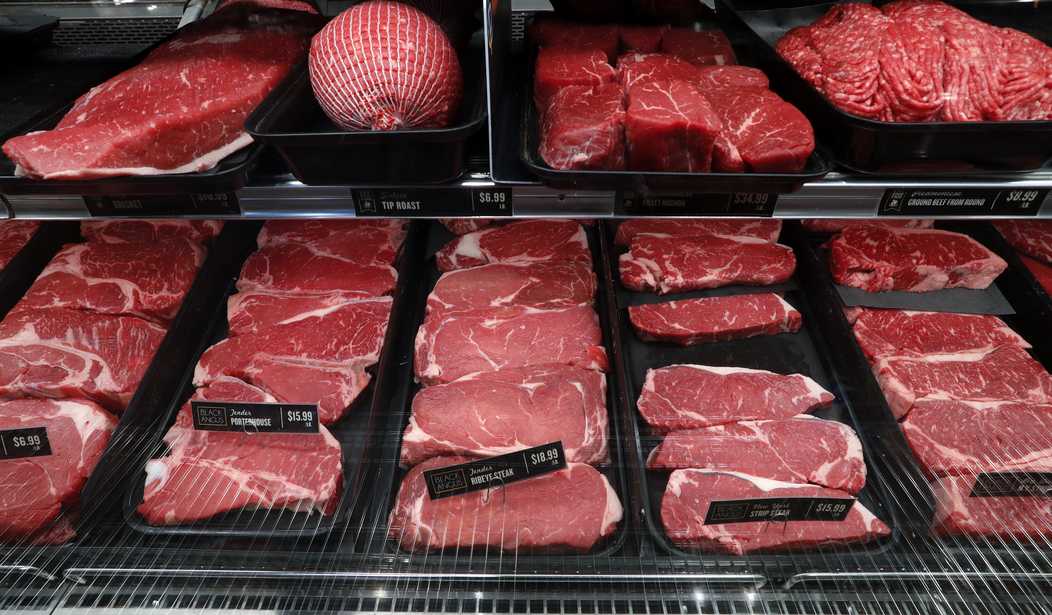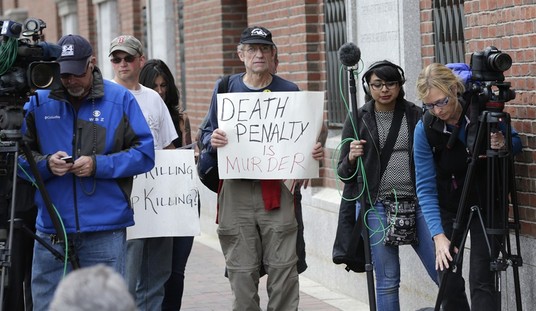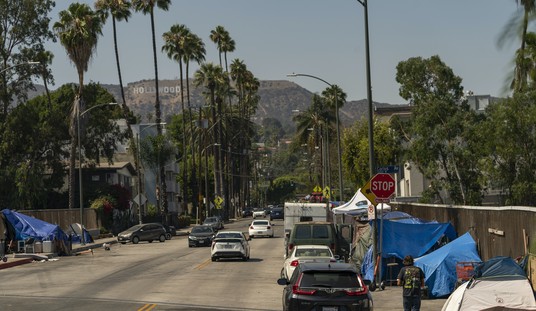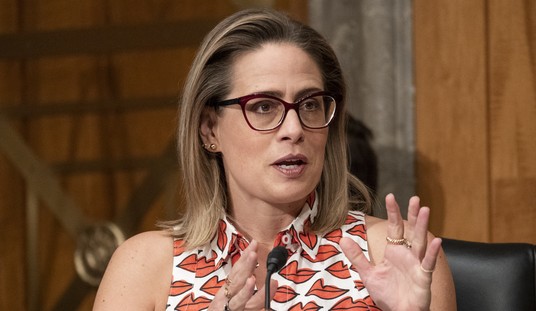On the same day that the Consumer Price Index rose 6.8% over the previous year — the biggest jump since 1982 — the White House released a disturbing analysis showing that the four largest meatpacking companies had increased their profit margin by 300% during the pandemic.
Company financial statements from Tyson Foods Inc, Brazil-based JBS SA, Brazilian beef producer Marfrig Global Foods SA (MRFG3.SA), and Seaboard Corp RIC showed a 120% collective jump in their gross profits since the pandemic and a 500% increase in net income, according to the White House analysis by National Economic Council Director Brian Deese.
The trade group North American Meat Institute said the White House of “cherry-picking” data.
“It is no coincidence this blog post appears on the same day as the Consumer Price Index is released showing gas and energy prices are up nearly 60 percent over the past 12 months which is nearly 10 times the rate of inflation for food,” President Julie Anna Potts said in a statement.
Profit margins – the spread companies are making over and above their costs – have increased significantly too, belying the argument that companies are just passing along higher labor and supply costs, the analysis said, with gross margins up 50% and net margins up over 300%.
“If rising input costs were driving rising meat prices, those profit margins would be roughly flat, because higher prices would be offset by the higher costs,” Deese wrote.
This is an old story for this White House. As far back as September, they were jawboning the industry for “grocery profiteering” due to rising meat prices.
In addition to sticking it to consumers, meatpackers are stiffing small farmers too.
The stranglehold on the beef industry can be traced to the processing and packing companies at the center of the market. Ranchers and legislators say that the four major meatpacking companies—the “Big Four,” as ranchers call them—are to blame. Tyson, JBS, Cargill, and National Beef purchase and process 85 percent of beef in the United States, giving them immense economic control. They operate at the nefarious nexus of being both regional monopsonies and monopolies, having a significant sway on both the price of cattle bought off the ranch and the price of beef bought at the supermarket. These four middlemen firms are both the buyers and sellers.
There’s no doubt that there is a concentration of power among the Big Four. But making a determination of price gouging from “gross profits” and “net income” is a little sketchy. There’s more that goes into determining the “price” of a commodity, and the White House knows it. The value of the commodity is determined in many different ways, usually having little to do with a company’s net income.
Value is determined by figuring out exactly how much someone is willing to pay for that commodity. In a pandemic, those prices are generally higher. But trying to blame high inflation on companies gouging consumers doesn’t even pass the smell test.
Meatpackers are almost certainly taking advantage of the supply chain chaos to charge as much as possible. But as a small aside, did anyone bother to notice that there was still meat on the shelves even during the worst part of the pandemic? There wasn’t a large quantity. And the variety wasn’t what we were used to. But the meat was there and it was fresh.
So before there are calls to break up the meat industry, perhaps we should consider the big picture.










